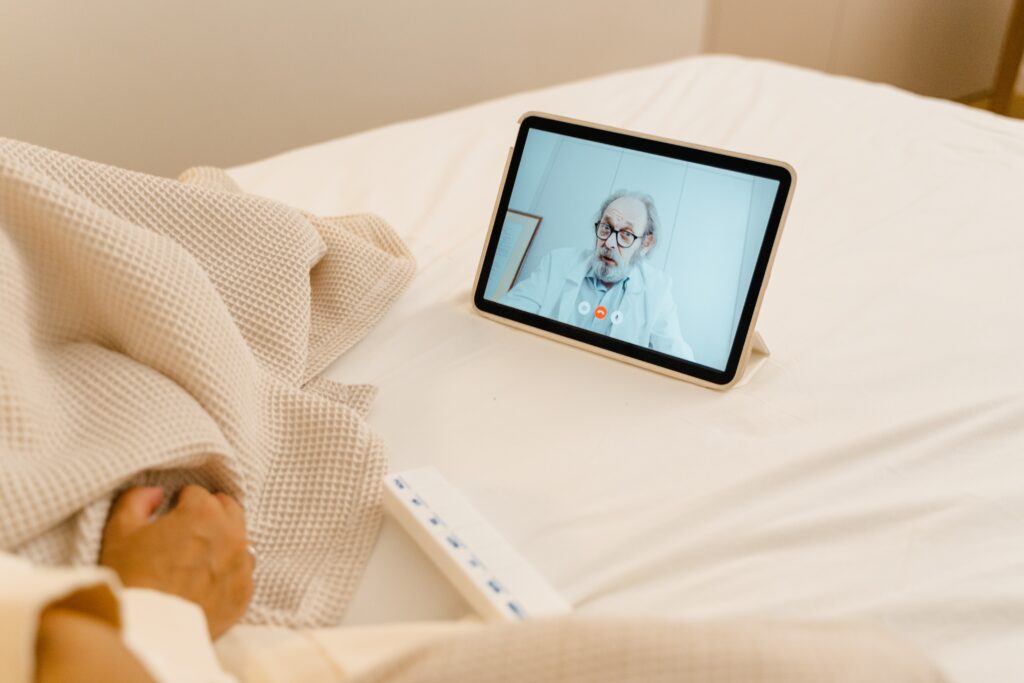Request a demo specialized to your need.

Clinical research in arthritis, like many other health conditions, has long depended on traditional methods of data collection. From paper-based questionnaires to face-to-face consultations, these approaches, although effective, can be time-consuming and inconvenient for patients. This is where electronic Patient-Reported Outcomes (ePROs) come in. The digital revolution, which has been increasingly transforming the healthcare industry, has made way for more efficient, patient-friendly, and robust data collection methods. In this blog post, we will delve into how ePROs can be implemented in arthritis clinical research, paving the way for a new era of patient-centric healthcare.
What are ePROs?
Before delving into the implementation of ePROs, it’s important to understand what they are. ePROs are health-related outcomes reported directly by the patient who experienced them. These outcomes are collected electronically and may include data about a patient’s health status, quality of life, or functional status. The key advantage of ePROs over traditional methods is the convenience and accuracy they offer, eliminating the need for paper records and reducing the likelihood of data entry errors.
Implementing ePROs in Arthritis Clinical Research
Step 1: Choosing the Right ePRO Platform
The first step in implementing ePROs in arthritis clinical research is selecting an appropriate platform. This platform should be easy to use for both patients and researchers. It should support a variety of data entry methods, including mobile apps, text messages, or online surveys. Key features should include the ability to capture diverse types of patient-reported outcomes, customizable notifications to remind patients to enter data, and robust data security measures.
Step 2: Designing Patient-Friendly ePROs
The next step is to design patient-friendly ePRO questionnaires. Since arthritis patients can range from young adults to the elderly, it’s essential to ensure that the questionnaires are easy to understand and navigate for all age groups. The questions should be framed in a manner that allows patients to accurately report their symptoms, quality of life, and any medication side effects. Visual aids, interactive elements, and user-friendly interfaces can all contribute to improving the usability of ePROs.
Step 3: Integration with Existing Systems
Once the ePRO platform is selected and the questionnaires designed, the next challenge is integration with existing systems. This is crucial to ensure seamless data transfer and reduce the risk of errors. The ePRO system should be capable of integrating with electronic health records (EHRs), clinical trial management systems (CTMS), and other relevant software used in clinical research.
Step 4: Training Patients and Staff
The successful implementation of ePROs depends largely on how comfortable the patients and staff are in using the system. Therefore, comprehensive training programs should be initiated for both patients and healthcare professionals. Patients need to understand how to report their outcomes through the platform, while staff need to be well-versed in accessing and interpreting this data.
Step 5: Monitoring and Iterating
After implementation, it’s essential to regularly monitor the ePRO system’s performance and make necessary adjustments. User feedback should be actively sought and used to make iterative improvements to the system. Regular audits can help ensure data integrity and system functionality.
The Benefits of Implementing ePROs in Arthritis Clinical Research
Implementing ePROs in arthritis clinical research offers several benefits. Firstly, it enhances the accuracy and timeliness of data collection. It eliminates the need for manual data entry and associated errors and allows for real-time monitoring of patients’ symptoms and responses to treatment. This can lead to more accurate findings and ultimately, improved patient care.
Moreover, ePROs increase patient engagement in clinical research. They offer a convenient way for patients to report their symptoms and experiences, and the act of doing so can make patients feel more involved in their care. This can potentially improve treatment adherence and overall satisfaction with the research process.
Beyond that, ePROs can reduce the burden on healthcare professionals. Rather than spending time gathering patient data manually, clinicians can quickly access and analyze patient-reported outcomes electronically, allowing them more time for patient care.
Lastly, in the era of COVID-19 and beyond, the use of ePROs reduces the need for in-person visits, offering a safer alternative for data collection. This is especially relevant for arthritis patients who may be at a higher risk for severe illness.
Future of ePROs in Arthritis Clinical Research
As we move forward, the integration of ePROs in arthritis clinical research is set to become more sophisticated. With advancements in technology, we expect to see more innovative features such as voice recognition technology to report symptoms, integration of wearable devices for automatic data capture, and advanced data analytics for improved decision-making.
Moreover, with increased emphasis on patient-centric care, the role of ePROs will become more pivotal. We might see more co-design approaches, where patients are involved in the design and development of ePROs to ensure they truly reflect their experiences and needs.
Conclusion
The implementation of ePROs in arthritis clinical research is a step towards a more efficient, patient-centered healthcare system. However, successful integration involves several considerations, including choosing the right platform, ensuring patient-friendly design, seamless integration with existing systems, comprehensive training, and regular monitoring. As we embrace this digital revolution in healthcare, it is crucial that we continue to prioritize the needs and experiences of patients, thereby ensuring research is both high-quality and meaningful to those it aims to help.
Cloudbyz EDC is a user-friendly, cloud-based solution that is designed to store and manage clinical data effectively throughout a clinical trial’s life cycle. Our innovative solution enables clinical research teams to efficiently collect, analyze, and manage clinical data of different complexity and size. Cloudbyz EDC is a scalable solution and meets all the essential regulatory compliance requirements such as FDA- 21 CFR Part 11, GCP, GAMP5, HIPAA, and EU- GDPR.
To know more about Cloudbyz EDC Solution contact info@cloudbyz.com
Subscribe to our Newsletter

